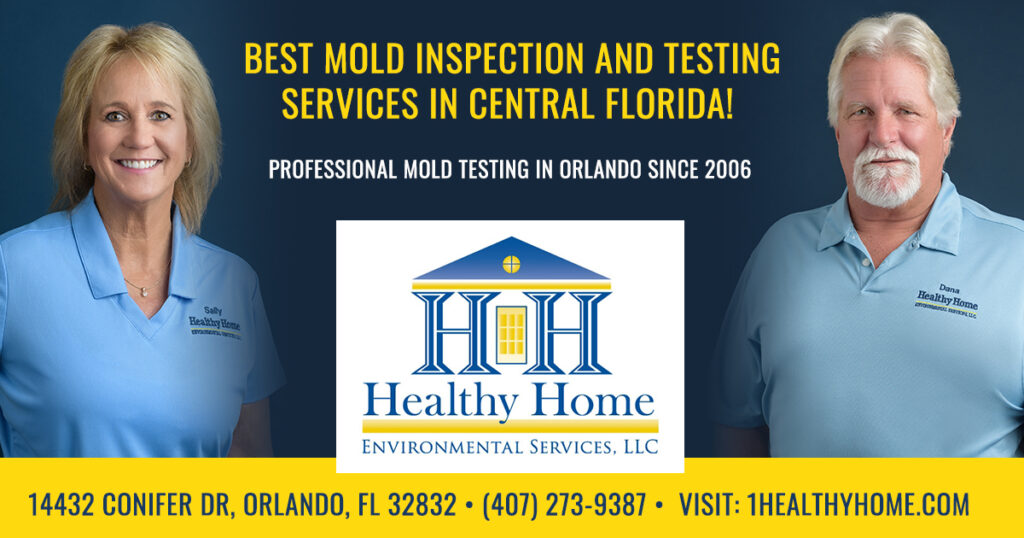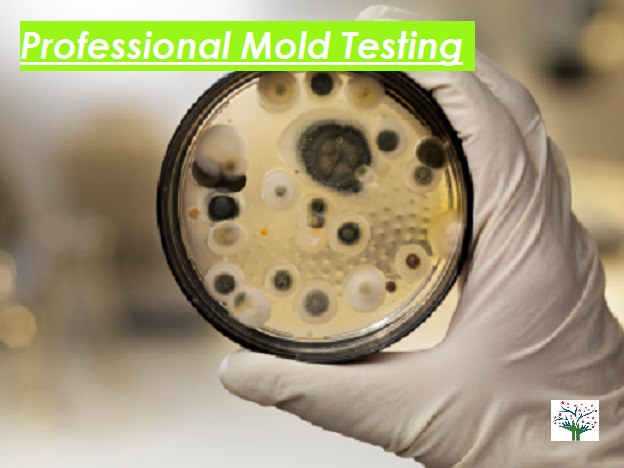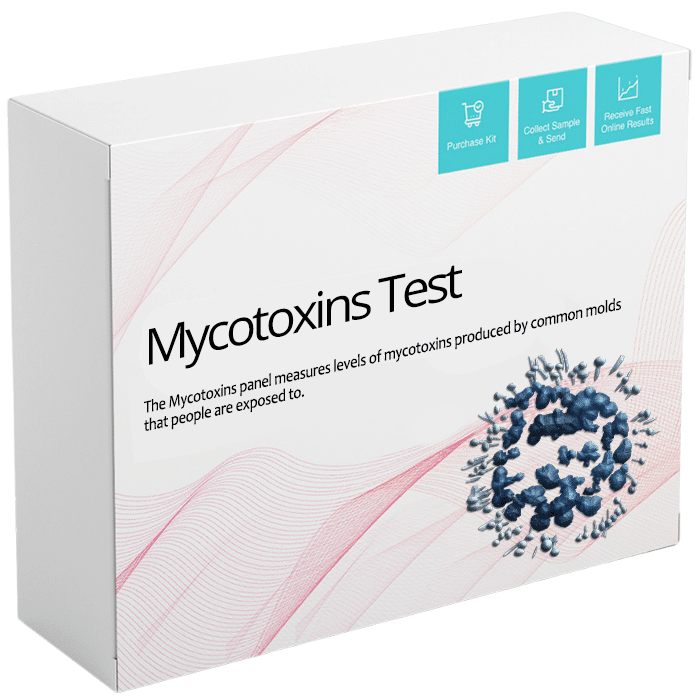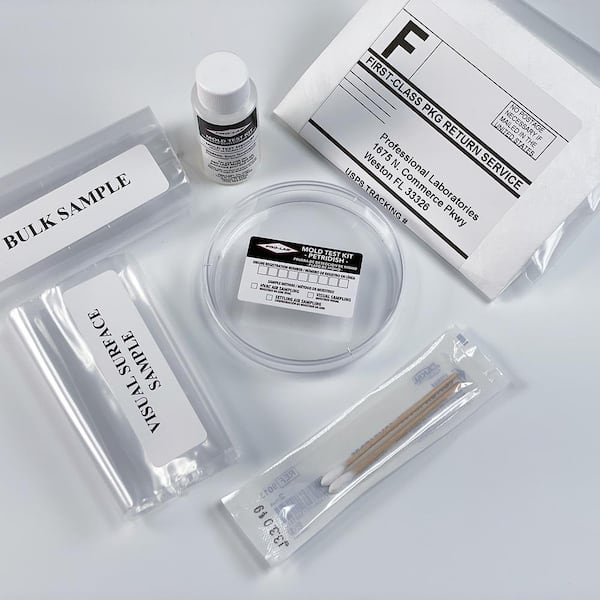Exactly How Mycotoxin Screening Aids Prevent Contamination and Protect Food Materials

Mycotoxin screening is an essential practice in the food sector, offering as a frontline defense against contamination by hazardous toxins produced by mold and mildews. Via the application of advanced methods like High-Performance Liquid Chromatography (HPLC) and Liquid Chromatography-Mass Spectrometry (LC-MS), food producers can accurately measure and find mycotoxin degrees in farming items. This aggressive approach not only makes sure conformity with stringent safety and security laws however additionally minimizes health dangers to customers. Additionally, normal screening fortifies brand reputation and monetary wellness by decreasing contamination-related cases. Exactly how specifically do these screening procedures incorporate into the wider food safety and security strategy?
Comprehending Mycotoxins
Comprehending mycotoxins starts with acknowledging that they are hazardous second metabolites generated by particular mold and mildews, which can infect farming items. These metabolites are not important for the growth or recreation of the fungi however can have serious effects for animal and human wellness. Mycotoxins are generally located in staple plants such as corn, wheat, barley, and nuts, where they can multiply under certain problems of wetness and temperature level.
There are numerous kinds of mycotoxins, each created by different fungal varieties. Aflatoxins, generated by Aspergillus varieties, are amongst one of the most infamous, understood for their carcinogenic buildings. An additional significant team consists of ochratoxins, created by Aspergillus and Penicillium types, which have nephrotoxic results. Fusarium species produce trichothecenes and fumonisins, both of which are connected with numerous severe and chronic wellness problems.

Dangers of Mycotoxin Contamination
The risks of mycotoxin contamination are diverse, posturing significant risks to both food security and public wellness. Mycotoxins, hazardous substances created by specific sorts of fungi, can infect a wide variety of agricultural items consisting of cereals, nuts, spices, dried fruits, and coffee. As soon as these contaminants infiltrate the food supply, they can result in major wellness concerns such as liver damages, kidney failure, and even cancer cells. Prone populations, consisting of youngsters, the senior, and immunocompromised individuals, are particularly at risk.
Economic effects are another major problem. Polluted plants can result in considerable financial losses for farmers and food producers as a result of decreased returns and the need for expensive purification measures. In addition, international trade can be dramatically impeded as nations enforce stringent mycotoxin guidelines to protect their populations, leading to turned down shipments and strained trade relationships.
Environmental aspects such as climate adjustment intensify the risk of mycotoxin contamination. Variants in temperature and humidity can develop desirable conditions for fungal growth, enhancing the probability of contamination occasions. Thus, understanding and reducing these risks are important for making certain the safety and integrity of global food supplies.
Methods of Mycotoxin Testing
Accurately identifying mycotoxin contamination in farming items is crucial for guarding public wellness and keeping food safety and security requirements. Different techniques are employed to spot and quantify mycotoxins, each offering specific benefits and restrictions.
High-Performance Liquid Chromatography (HPLC) is a widely used approach as a result of its high sensitivity and precision. It entails dividing mycotoxins from other substances in an example, allowing precise quantification. In A Similar Way, Fluid Chromatography-Mass Spectrometry (LC-MS) integrates fluid chromatography with mass spectrometry to supply in-depth molecular information, making it specifically valuable for recognizing several mycotoxins concurrently - Mycotoxin testing Services.

Gas Chromatography-Mass Spectrometry (GC-MS) and Thin-Layer Chromatography (TENDER LOVING CARE) are also used, each with distinct applications. GC-MS works for volatile mycotoxins, while TLC uses blog a less complex, cost-efficient option for preliminary screening.
Advantages of Normal Checking
Normal screening for mycotoxins in agricultural items supplies numerous benefits, substantially adding to public wellness and food safety. By identifying contamination early, routine screening aids stop the circulation of hazardous foods, consequently lowering the risk of mycotoxin-related health problems amongst customers. This aggressive strategy not only safeguards human health and wellness but likewise boosts the total high quality of food products.
Consistent screening also sustains regulative conformity. Various countries and areas have established rigorous restrictions for mycotoxin levels in food and feed. Adhering to these restrictions with regular screening makes certain that manufacturers and suppliers meet lawful requirements, thus staying clear of fines and trade obstacles. Additionally, maintaining compliance cultivates customer count on and brand name credibility, which are vital for market success.
In addition, regular mycotoxin screening can lead to substantial economic advantages. Early detection of contamination allows for timely intervention, minimizing possible losses from widespread contamination. Applying regular testing procedures can likewise decrease recall prices and relevant liabilities, which can be financially devastating.
Additionally, routine testing offers important data that can notify much better agricultural methods and storage space conditions. find more info By comprehending patterns of contamination, producers can embrace safety nets, consequently adding and minimizing future dangers to the sustainability of the food supply chain.
Carrying Out Checking Procedures
Carrying out efficient mycotoxin testing methods is vital for making sure the security and quality of farming products. Each phase has to be inspected to pinpoint where mycotoxin contamination is most likely to occur.
As soon as critical control points are recognized, choosing appropriate screening techniques is important. Usual methods include enzyme-linked immunosorbent assay (ELISA), high-performance fluid chromatography (HPLC), and mass spectrometry (MS) Each method has its toughness and weaknesses; therefore, choosing the proper one relies on the particular mycotoxin being evaluated, the required sensitivity, and readily available resources.

Finally, integrating the screening procedures into a thorough food security management system is suggested. This improves traceability and enables speedy restorative activities when contamination is found, thus safeguarding the honesty of the food supply chain.
Conclusion
Mycotoxin testing is necessary in protecting against contamination and protecting food supplies by making it possible for very early discovery of dangerous toxins generated by molds in agricultural items. Advanced techniques such as HPLC and LC-MS make sure compliance with safety laws and protect consumers from health dangers. Normal screening improves brand credibility, monetary security, and count on food security by decreasing contamination-related losses and maintaining high requirements in food production. Carrying out strenuous testing procedures is hence vital for the sector's overall well-being.
Mycotoxin screening is a crucial technique in the food sector, offering as a frontline protection versus contamination by dangerous contaminants generated by mold and mildews. An incorporated technique including farming methods, storage management, and regular screening can mitigate the threats linked with mycotoxin contamination, making certain food security and public wellness.
The threats of mycotoxin contamination are diverse, presenting considerable risks to both food safety and public health.Normal testing for mycotoxins in agricultural items see uses many benefits, significantly contributing to public wellness and food safety and security.Mycotoxin screening is vital in avoiding contamination and protecting food supplies by making it possible for early detection of dangerous toxic substances produced by mold and mildews in agricultural items.